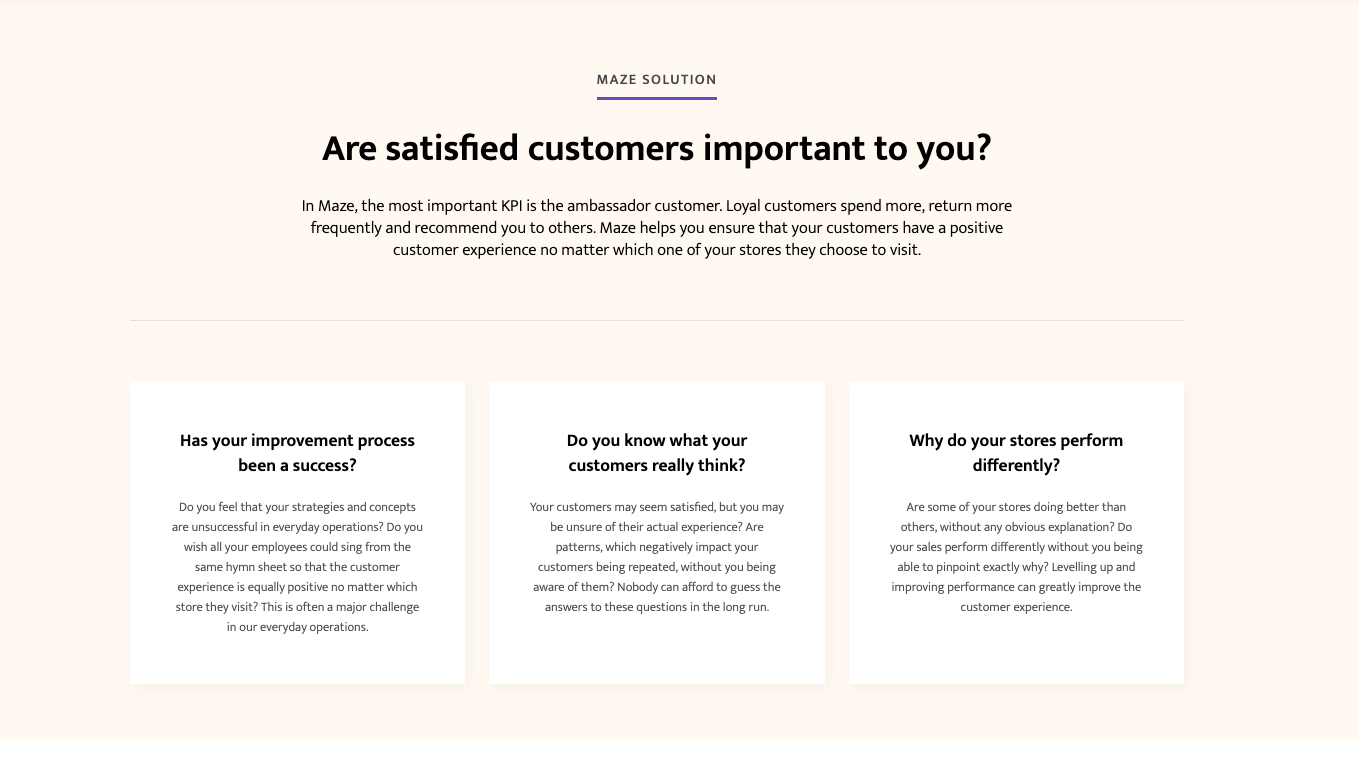Project Description

5 biggest time thieves and cost allocators in the IT department
CLIENT: Doidea, Sweden
PUBLISHED: Nexus Website
ORIGINAL ARTICLE: Top time wasters for IT departments
CREATED: July 2018
AUTHOR: Fallon Dasey
No matter which sector you’re in, IT departments of all shapes and sizes face similar challenges when it comes to managing resources. If you’re not careful, it’s easy to find yourself burning through a lot of time and money with very little to show for it.
5 biggest time thieves and cost allocators in the IT department
No matter which sector you’re in, IT departments of all shapes and sizes face similar challenges when it comes to managing resources. If you’re not careful, it’s easy to find yourself burning through a lot of time and money with very little to show for it.
Here are five challenges to address if you want to ensure your IT department is truly adding value to the business, rather than simply keeping the lights on and putting out fires.
-
Dealing with mundane user requests
Users are notorious for forgetting passwords, with password problems accounting for 20 to 30 percent of all IT service desk volume, according to Gartner.
The help desk also wastes a lot of time answering the same basic questions day after day. This is where an inhouse FAQ page with the solutions to common technologies issues can also significantly reduce the load on your IT team. You might expand this into an inhouse knowledge base which is easily searchable, using images and even video tutorials where practical to talk users through solving their own simple problems such as connecting to network printers.
Want to learn more about saving time? Read more in the Nexus Group Guide: The State of IT Security 2018.
-
Sticking with old systems
Putting off upgrades and sticking with legacy systems can put a serious drain on your IT resources, costing you both time and money in lost productivity and extra maintenance. As a result you can find your team working harder than ever just to keep the lights on.
Reliance on legacy systems can also hamper your efforts to innovate and meet the changing needs of the business. Legacy software and outdated hardware can pose security risks, especially if they are approaching the end of extended support at which time the vendor will stop issuing security patches to address new threats.
An analysis of IBM’s BlueMix project, which puts most of IBM’s software in the cloud, reveals that 80 percent of IT spending goes to keeping legacy systems up and running.
-
Failing to automate
Automation is key if you’re being asked to do more with less. It can take time and money to put IT process automation into place, but return for this investment you can free yourself of many small routine tasks so you can focus more on the big picture.
Of course there’s little point in automating broken processes. Ensure to view your automation efforts as part of a wider strategy to streamline IT operations – looking for ways to use your IT resources more efficiently.
- Opposing outsourcing
You’ll always struggle to do more with less if you’re constantly reinventing the wheel or investing resources into commodities services better handled by external providers. Outsourcing can seem like a threat to your domain, but done strategically it can liberate you from IT grunt work so you can turn your attention to more important things.
Taking advantage of outsourcing and the cloud can also help reshape your IT budget, transforming lumpy capital expenditure into more manageable operational expense.
- Resisting change
While there’s a lot to be said for old-school IT principles, it’s important to move with the times. Cloud computing, virtualisation, containerisation, machine learning and artificial intelligence have certainly become industry buzzwords, but that doesn’t mean they’re without merit.
Resisting new technologies and new ways of doing things can put your business on the back foot, while legacy systems and processes can gradually consume more of your time and IT budget.
Want to learn more about saving time? Read more in the Nexus Group Guide: The State of IT Security 2018.



